Parachuting and gliding was a national sport for young and old in Russia during the 1930s. Red Army manoeuvres in September 1936 surprised international military observers when a force of 1,500 men were dropped by parachute. Military vehicles had been seen landed by aircraft at Kiev the year before. This influenced a number of nations, particularly Germany.
Marshal Tuchachevski the Russian Chief of Staff, who sponsored the role of the emerging airborne brigades in his theory of ‘deep battle’ to restore the primacy of offensive operations, did not survive the Stalin Purges of 1937-8. Small groups of parachutists were employed in the Winter War against Finland in 1939 and by mid 1941 the Red Army had five Airborne Corps, each of three brigades, totalling 50,000 men.
Despite this formidable establishment the Russians never developed the potential of their parachute troops during the Second World War. Air-lifting of whole divisions became common practice, providing crucial support in a number of major battles. The opening disastrous phase of the war with Germany sucked airborne forces into the cauldron of ground combat.
Lightly equipped airborne units from detachment to corps size conducted numerous airborne and ground assaults, supported from the air; in German rear areas during the first Soviet winter counter-offensive in early 1942. Russian airborne forces did not achieve anything more than operational success and were stymied by inadequate weaponry and the lack of a sound control and command system.
During the post-war period the Soviets built a formidable airborne force and refined doctrine in the light of their war-time experience. A revolution in military affairs and improved Soviet technology led to a re-emphasis on airborne warfare in the 1960s. If nuclear strikes could dislocate and fragment defences then airborne forces could operate in great depth with less fear of inevitable destruction. They were seen as an adjunct to deep armoured penetrations in the West, exploiting the dislocation from nuclear strikes.
The Warsaw Pact could field 60,000 airborne troops in seven divisions by the late 1960s. Soviet airborne troops were employed during the invasion of Czechoslovakia in 1968 and again in Afghanistan in 1979.
By the 1980s traditional parachute delivered forces were supplemented by helicopter air-mobile formations and could be deployed within newly created Air Echelons. Despite the number of divisions available, air-lift limitations precluded insertions beyond a number of battalions.
The demise of the Soviet Union in 1991 muted further developments of a Russian airborne offensive role.
Russian Airborne Forces
Newsletter Signup
Donate
Donate
Make a donation to Airborne Assault ParaData to help preserve the history of The Parachute Regiment and Airborne Forces
The Airborne Shop
The Airborne Shop
The Airborne Shop is the official shop of Support Our Paras (The Parachute Regiment Charity RCN1131977).
Profits from all sales made through our shop go directly to Support Our Paras, so every purchase you make with us will directly benefit The Parachute Regiment and Airborne Forces.

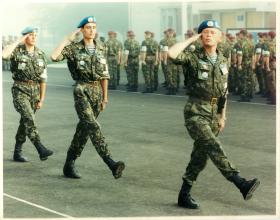
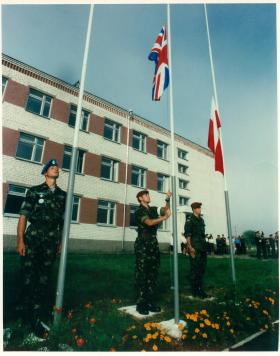
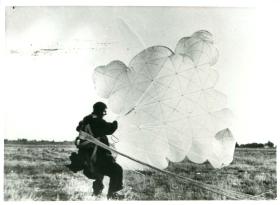
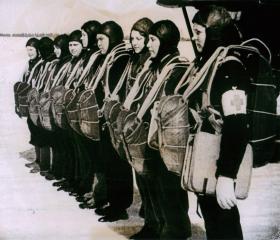
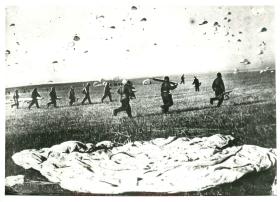
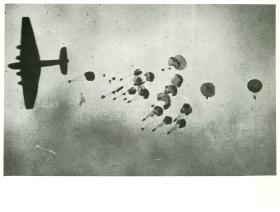
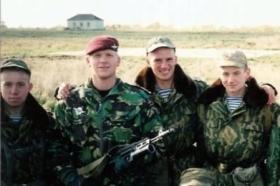
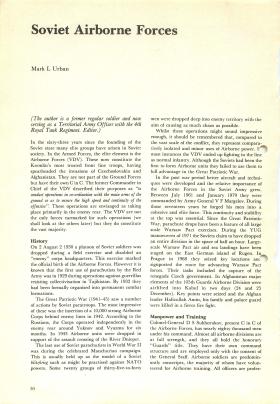



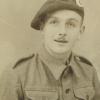
Latest Comments
There are currently no comments for this content.
Add Comment
In order to add comments you must be registered with ParaData.
If you are currently a ParaData member please login.
If you are not currently a ParaData member but wish to get involved please register.